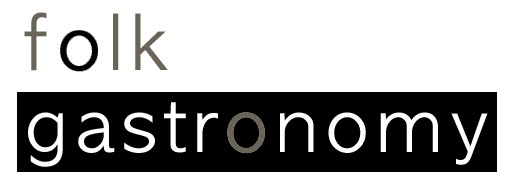
[image: jean-baptiste debret, o entrudo no rio de janeiro, 1823 | the above folioes are seen throwing lemons and spraying water as part of their celebration, not an uncommon use of the surplus at hand. a barthesian exercise in hermeneutics, rich beyond the visible, surface narratives- the myth and reality of imperialism; the intersection of moderation and excess, hunger and appetite; an historical interpretation of the entrudo party in brazil]
what role did the mask have in shaping carnival's edible effluvia? how important are public spaces in hosting celebratory anathema and sustaining its excess- a seemingly endless miasmatic buffet punctuated by lent? reducing a complicated circuitry of many causal agents into two agents, viz. mask and marketplace, while problematic, may help rarefy and illuminate the system, the organism, of communication that is experienced at carnival- using space and object to better understand the grammar and protean form of an annual feast.
masks were a critical object in the grammar of carnival- creating an almost single layer of anonymity among classes within public spaces; ideally, restructuring identity into a social isomorphism; lending the body, or being, of the wearer to the personification of myth. the surplus of anonymity afforded by masks in a group is related to the surplus of food in that the two could be enjoyed in rabelaisian excess, both consumptive, projective, and missive, without being recognized. the novel social isomorphism delimits the notion of class hierarchy, to an extent, assuming the same anonymity- the uncertainty of recognition. and, the personification of myth, again, ideally, is the moment when the formal limits of myth crystallize from the ether of the abstract.
[image: 1831 plan of piazza san marco in venice, italy | 12th century herringbone brick and stone inlays are believed to have marked market stall lines, only to be replaced in the 18th century by a geometric design that serves to visually reinforce the position of st mark's basilca]
the marketplace pulls the individual from their home, a necessary component in the delimiting of class hierarchy in the instance of carnival. away from the semiotics of a home space and into what foucault described as a heterochrony and what bachelard described as space thoroughly imbued with quantities, the anonymous ghosts in a public space culminate as normalized components in the same ideological ambience- ambience in that carnival was initially constructed and monitored as a social vent by ruling parties, a benevolent olive branch for a brief period of social entropy.
what develops, then, is a dependent system of mask on market, market on mask. the individual needs the group participation to realize the diffused anonymity, and the group needs the anonymity of individual to sustain the celebration's nature. experiencing the correlation of these two dependent agents illuminates their simultaneity- the individual is at once his or her self, as well as a representation of that self. the group then consists of the simultaneity of the self and its representative.

,_01.jpg)

No comments:
Post a Comment